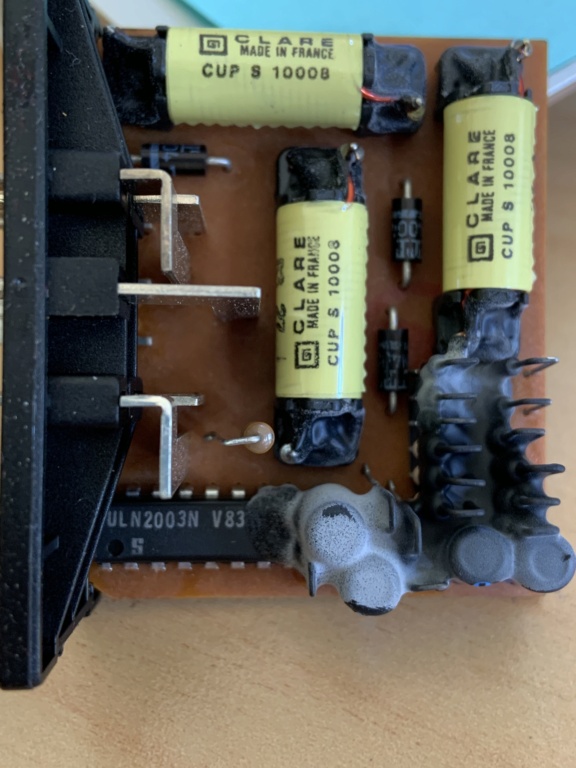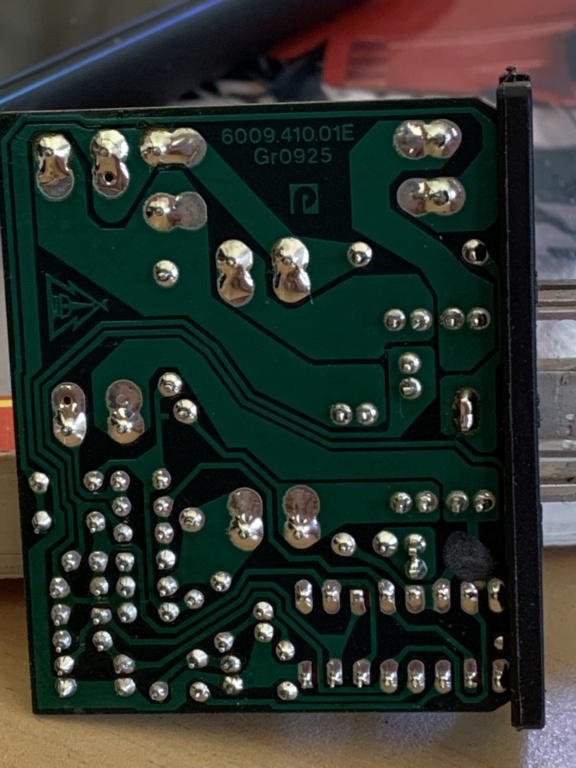1

 Circuit diagram for bulb monitoring unit 1983 K100 Wed Jan 19, 2022 5:30 am
Circuit diagram for bulb monitoring unit 1983 K100 Wed Jan 19, 2022 5:30 am
Mike-the-bike
active member

Hi All
Does any one have a circuit diagram for a 1983 K100 bulb monitoring unit? Plenty of schematics around but need the actual circuit diagram.
Fortunately I had a spare but the original has failed for the rear brake monitoring and I would like to repair it.
Cheers
Mike
Does any one have a circuit diagram for a 1983 K100 bulb monitoring unit? Plenty of schematics around but need the actual circuit diagram.
Fortunately I had a spare but the original has failed for the rear brake monitoring and I would like to repair it.
Cheers
Mike















